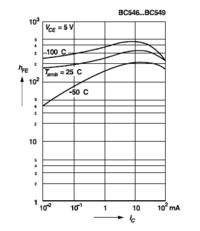webald0
Newbie level 6

- Joined
- Mar 7, 2013
- Messages
- 14
- Helped
- 0
- Reputation
- 0
- Reaction score
- 0
- Trophy points
- 1,281
- Activity points
- 1,408
First, i wanna say hello  this is my first post, i have this problems in my head for few weeks now so i decided to ask this here.
this is my first post, i have this problems in my head for few weeks now so i decided to ask this here.
I will construct Rod Elliotts P3A -> **broken link removed**
i am doing this for my college, so i need to do some calculations. First thing is to do a DC analysis, and here is my first problem.
Diff amp
Base resistors are asymmetric, how can i calculate Base currents/voltages?
Second problem is Vbe multiplier in VAS part of the amp.

How to calculate emmiter and base current of Q4?
Thank you very much for answers, if more parameters are needed ill put them as soon as i can.
I will construct Rod Elliotts P3A -> **broken link removed**
i am doing this for my college, so i need to do some calculations. First thing is to do a DC analysis, and here is my first problem.
Diff amp

Base resistors are asymmetric, how can i calculate Base currents/voltages?
Second problem is Vbe multiplier in VAS part of the amp.

How to calculate emmiter and base current of Q4?
Thank you very much for answers, if more parameters are needed ill put them as soon as i can.








